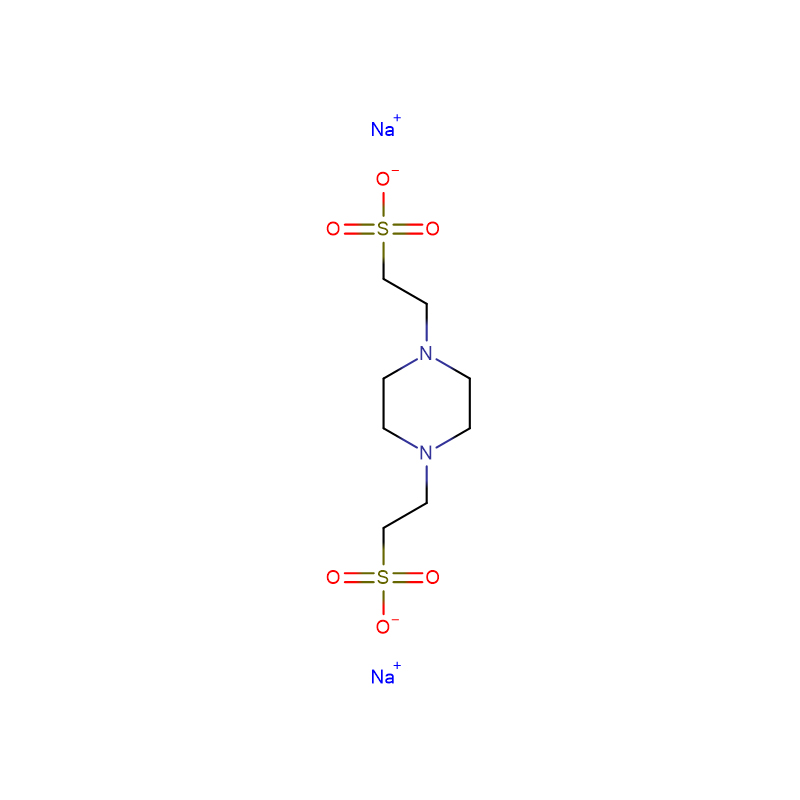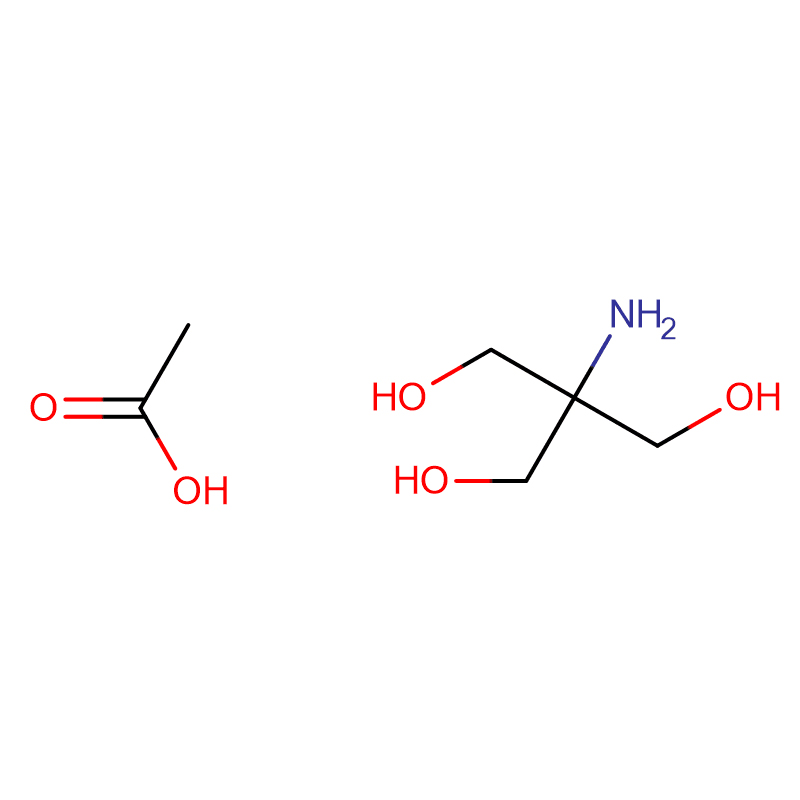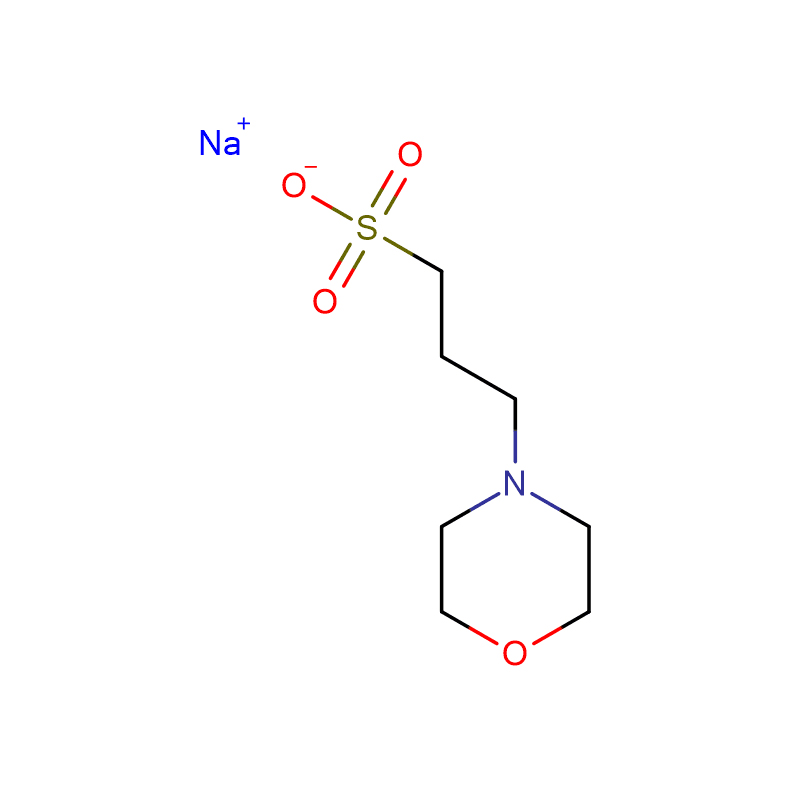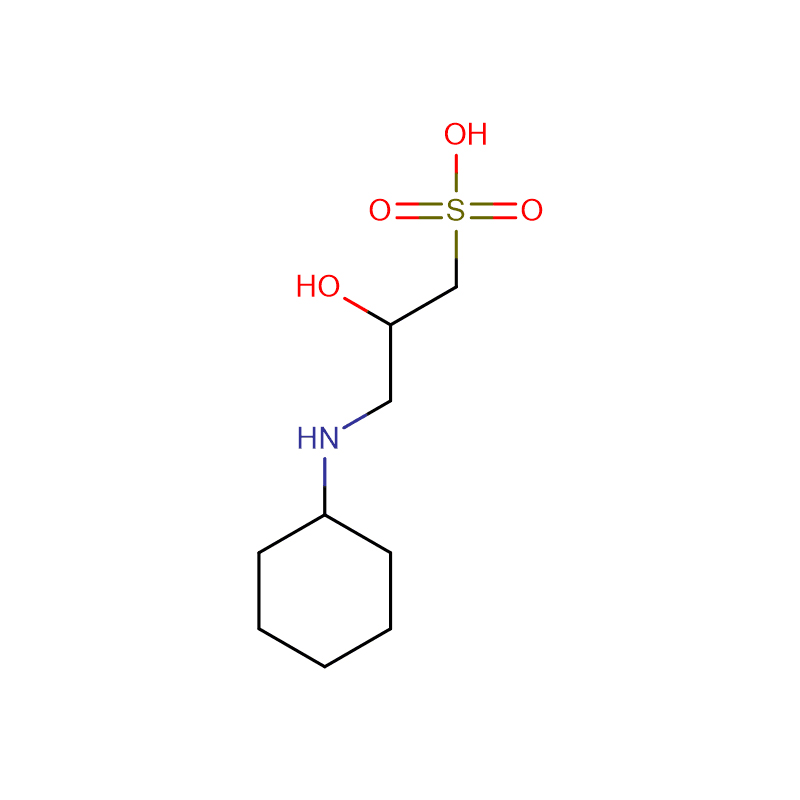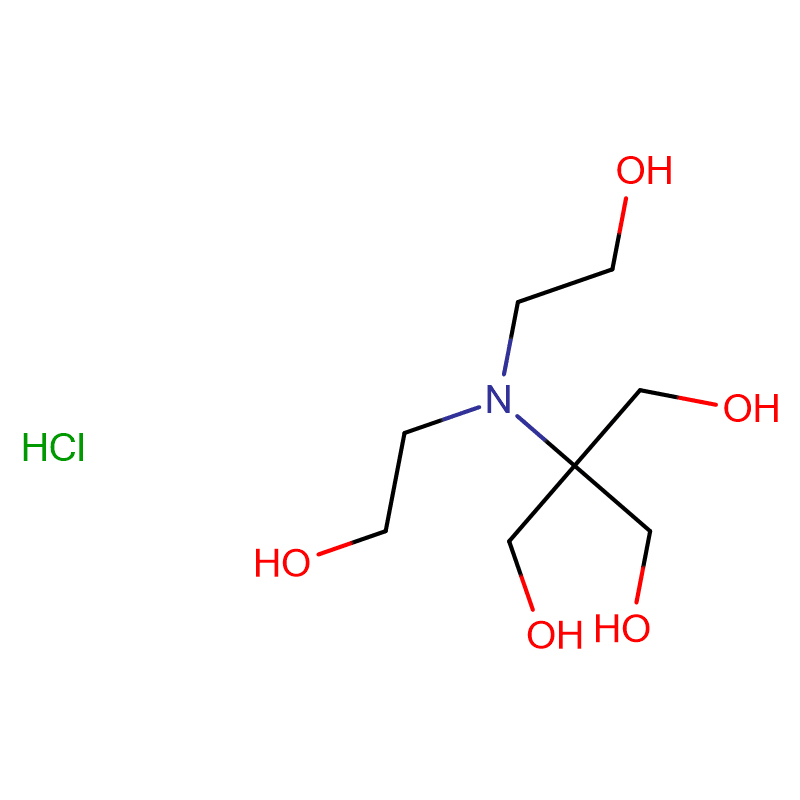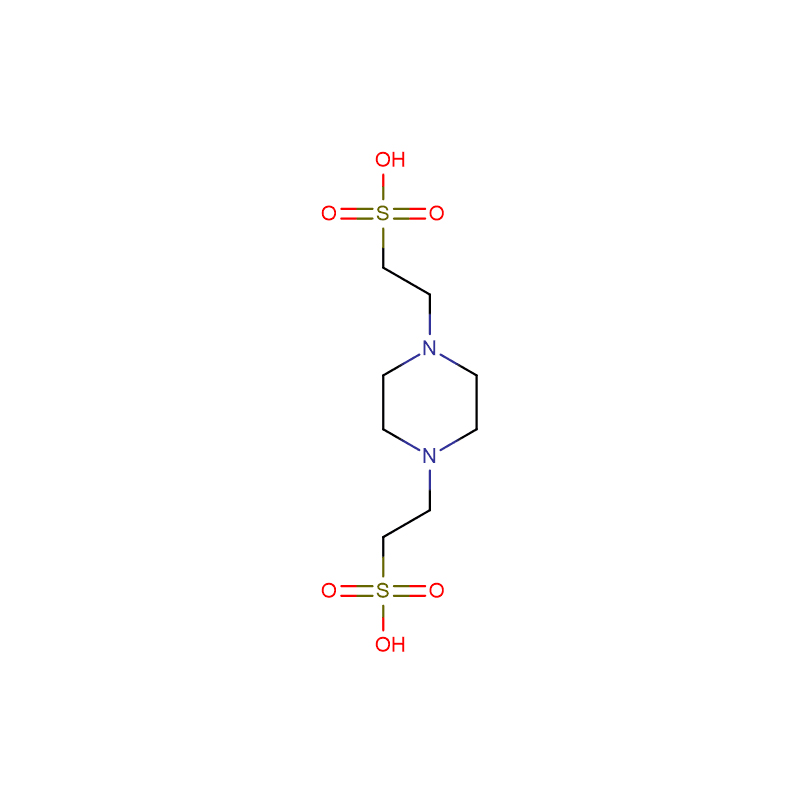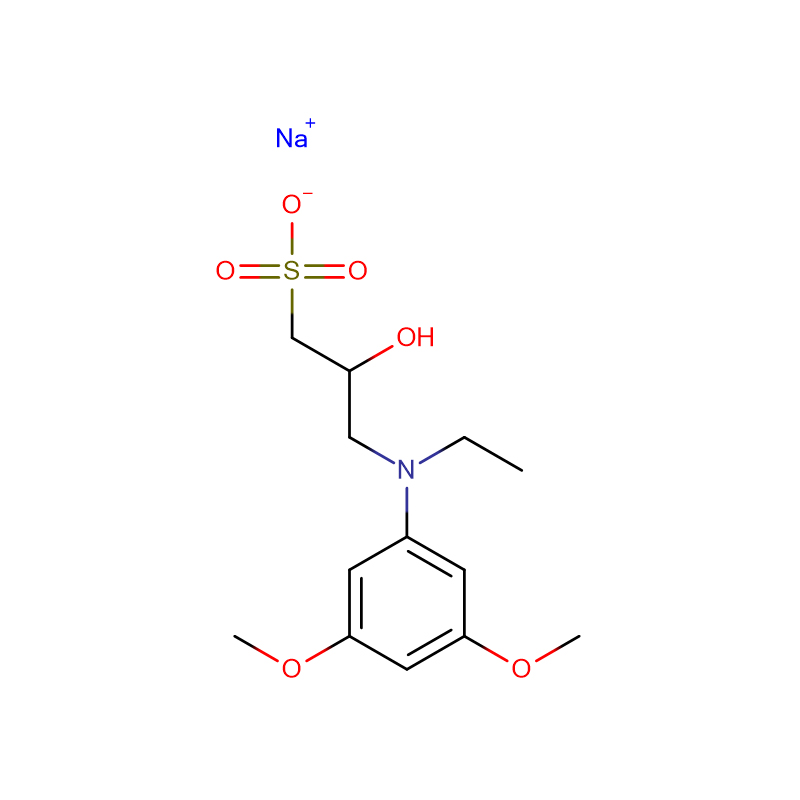piperazine- 1, 4- bis (2- ethanesulfonic acid) disodium salt Cas:76836-02-7
| Catalog Number | XD90093 |
| Product Name | piperazine-1,4-bis(2-ethanesulfonic acid) disodium salt |
| CAS | 76836-02-7 |
| Molecular Formula | C8H16N2Na2O6S2 |
| Molecular Weight | 346.33 |
| Storage Details | Ambient |
| Harmonized Tariff Code | 29335995 |
Product Specification
| Appearance | White crystalline powder |
| Assay | >98.0% |
| Storage Temp | Store at RT |
| Water Content | ≤3.0% |
| PH 1% Di H2O | 9.2-10.0 (25°C) |
| A260 (0.1M water) | ≤0.050 |
| A280, 0.1M water | ≤0.050 |
| Infrared | Complies |
| Solubility 20% in water | Clear,Colorless Solution |
Chemicals are all compounds produced by chemical processes in a laboratory or industry. They can be pure substances or mixtures of substances. Although different definitions claim that the word "chemical" describes all chemical elements and their compounds. However, here, chemicals should only be understood as chemical substances that participate in chemical reactions.
Chemicals are divided into organic chemicals and inorganic chemicals. Organic chemistry covers almost all carbon-containing compounds, while inorganic chemistry (inorganic) deals with other elements in the periodic table and their compounds. Petrochemical is a branch of organic chemistry. Petrochemicals are chemical products derived from crude oil and natural gas. These chemicals are extracted during the refining process when crude oil or natural gas is distilled or cracked.
Purity plays a vital role in chemical trade, where a distinction is made between technical chemicals (low purity) and fine chemicals (high purity). Industrial chemicals, also known as heavy chemicals, refer to industrial-grade inorganic and organic basic chemicals (such as sodium hydroxide, sulfuric acid, or ethylene) that are produced in large quantities. These heavy chemicals, also known as base chemicals or base chemicals, are in stark contrast to high-purity fine chemicals produced in small batches. The latter are used as raw materials for laboratory chemical synthesis, food additives or pharmaceutical production.
Additionally, chemicals react in different ways when they come into contact with each other. Chemical compatibility Changed or not mixed at all, they are considered compatible. considered incompatible. Therefore, storing and handling chemicals on the same site requires extra care and attention to avoid any chemical reaction hazards. The most important rule is to keep incompatible materials separate, which can cause fire, explosion, or produce toxic fumes if accidentally mixed. As a general rule, incompatible chemicals should be stored in separate tank pits. Jars must be clearly marked with the product stored in them.


